Aber Instruments introduced the concept of the PerfectPitch, a portable yeast pitching skid, for the craft brewing industry three years ago at the Gusmer booth at the Craft Brewers Conference. At the time, it was difficult to gauge how this type of technology — traditionally adopted by the large multi-national breweries — would translate to the smaller scale of the craft brewing world, considering challenges like capital constraints and the time constraints for learning and adopting a relatively new technology. Also, were craft brewers that interested in perfecting their yeast pitch? We were curious how the technology had been received and if there were any notable results at craft breweries three years later.
John Carvell, sales and marketing director for Aber Instruments, says a significant number of the craft breweries that have adopted the PerfectPitch (some of the larger breweries opted for a hard-piped Yeast Monitor) produce fewer than 5,000 barrels per year. This is interesting considering Aber initially thought the market might be breweries starting at the 20,000 barrels mark. Summit Brewing is one of the most recent, larger U.S. craft brewers to adopt the system.
Here’s a report from one of the earliest craft brewery guinea pigs of the Aber PerfectPitch.
Meantime Brewing explains
A case study was performed at Meantime Brewing Co. in London to assess the functioning and benefits of the Aber PerfectPitch. Meantime was an ideal candidate for this work because of its imminent expansion plans.
Prior to using the PerfectPitch, Meantime Brewery pitched yeast using mass with a “Grundy” pressurized steel tank. It was confirmed during the study that the viable yeast concentration was overestimated when pitching using mass, thus pitching fewer liters than necessary. This led to slower fermentations and inadequate fermentation performance.
In contrast, the portable skid estimated the right amount of live yeast, thus pitching the appropriate liters of live yeast necessary for an improved/more consistent fermentation performance. The fermentation performance when yeast was pitched using the two strategies was compared. Figure 1 shows the °Plato for London Lager fermentations over time, when pitched by mass and when the Aber PerfectPitch was used. Both curves represent an average of four fermentations.
It is evident that the °Plato decreased quicker when yeast was pitched using PerfectPitch, as compared to when it was pitched using mass. Moreover, when using the PerfectPitch, the °Plato consistently plateaued two days earlier, as compared to the traditional method of pitching. This could be due to the fact that adequate numbers of live yeast cells were pitched at the beginning of fermentation to convert the sugars in the wort into alcohol more efficiently.
The findings from this study have been presented by Ciaran Giblin the brewmaster at Meantime and he concluded that the following benefits resulted from using the Aber PP:
- More consistent fermentations
- More predictable final PG
- Yeast is in better health
- Yeast is easier to pitch
- Beer is ready sooner
- No destruction of beer
- Tasting has resulted in better beer
“Since the install of the PerfectPitch skid there has been a significant improvement of yield and predictability in pitching using the PerfectPitch which has meant the unit has paid for itself,” Ciaran said.
If you’re looking for more info on the importance of the perfect yeast pitch, head in to the ol’ CBB archives.

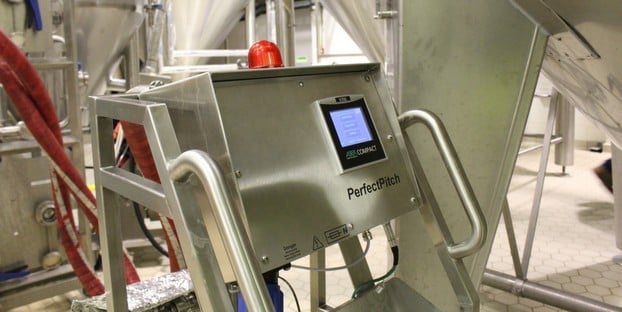
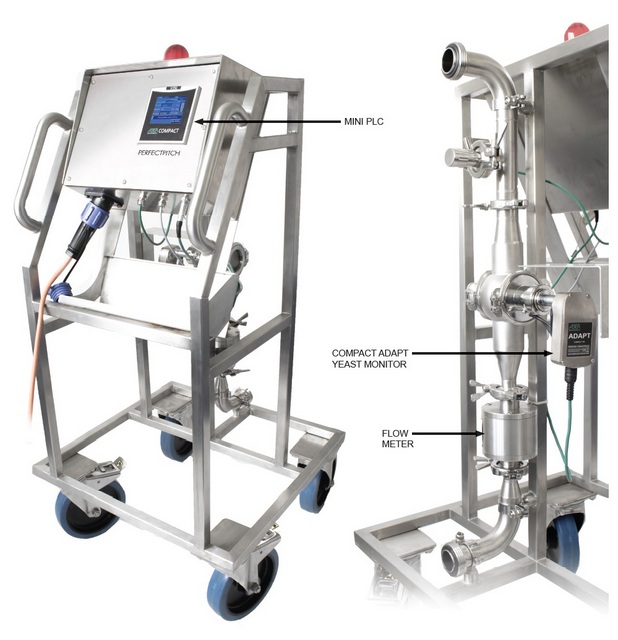
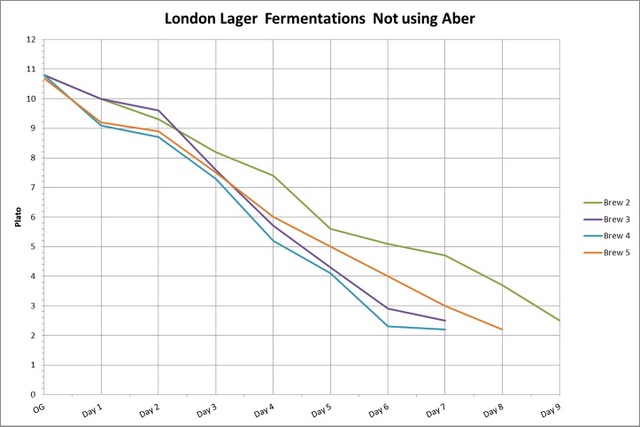
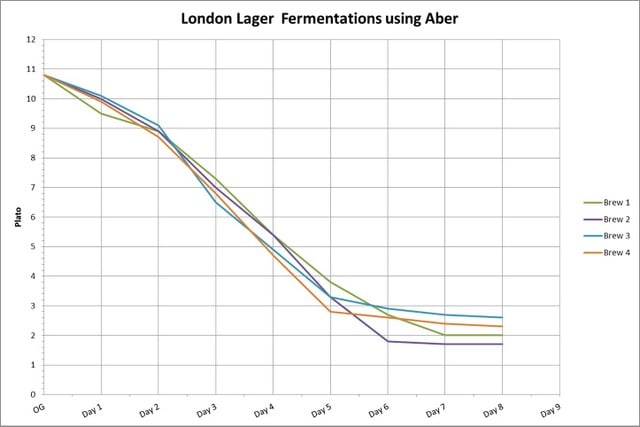
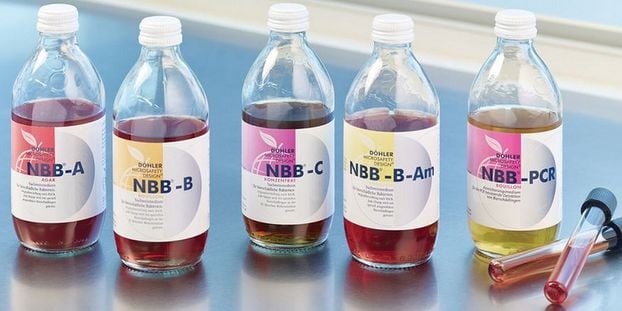

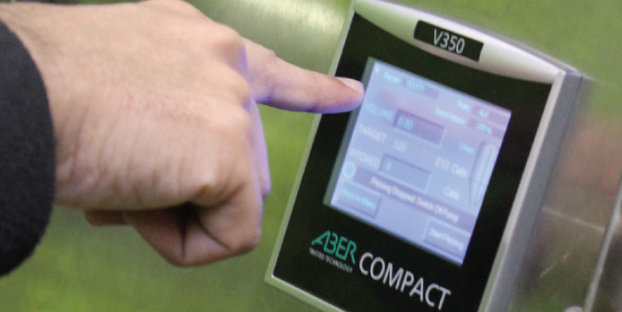
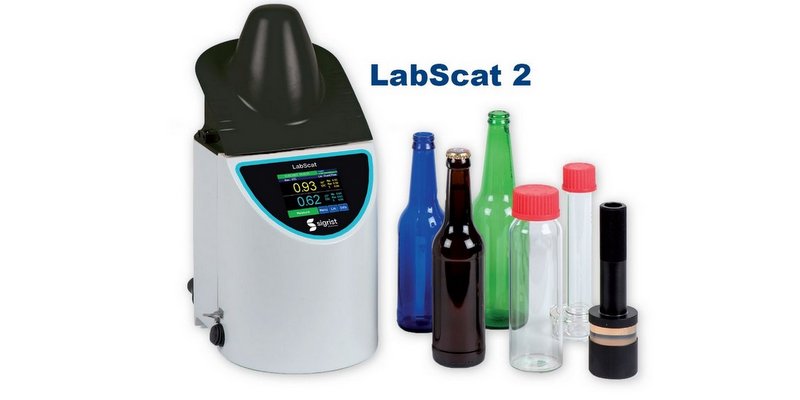
Leave a Reply
You must be logged in to post a comment.